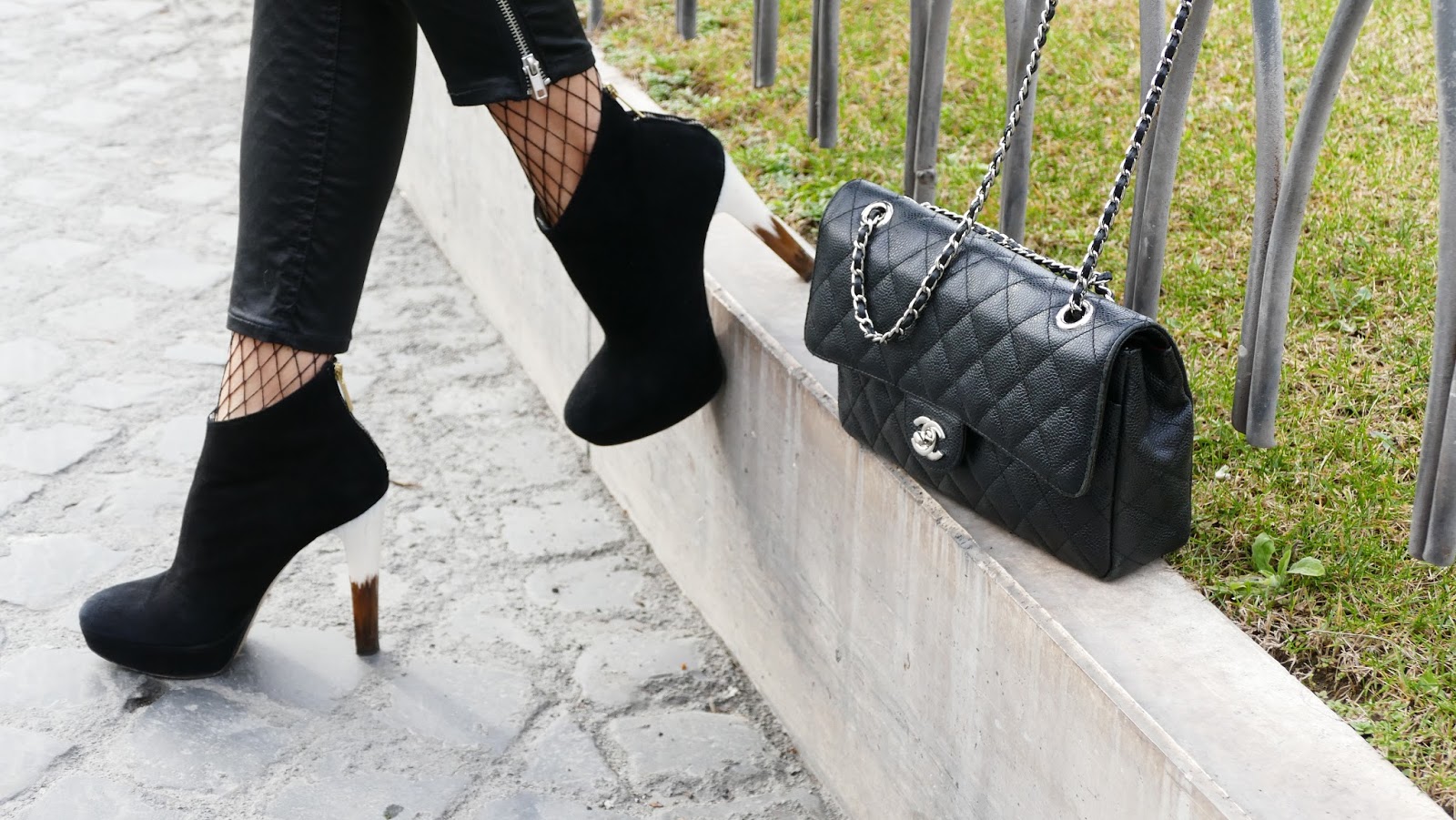
Il Vittoriano, il cui nome deriva da Vittorio Emanuele II, primo re d’Italia, venne realizzato nel 1885 dall’architetto Giuseppe Sacconi, che si ispirò ai maestosi santuari ellenistici, per celebrare l’unità nazionale.
Alla morte del sovrano, infatti, fu deciso di innalzare un monumento che celebrasse il Padre della Patria e con lui l’intera stagione risorgimentale.
Inizialmente concepito come monumento alla dinastia dei Savoia, successivamente divenne luogo per la sepoltura del “Milite Ignoto”, il corpo di un militare italiano morto durante la Grande Guerra, che rappresenta tutti i caduti e i dispersi nelle varie battaglie.
L’intento del Sacconi era anche quello di rappresentare, allegoricamente e geograficamente, tutta l’Italia, attraverso personificazioni di virtù, città, regioni e mari. L’unica raffigurazione non simbolica è la statua di Vittorio Emanuele II a cavallo, che si erge proprio al centro della struttura.
Inizialmente concepito come monumento alla dinastia dei Savoia, successivamente divenne luogo per la sepoltura del “Milite Ignoto”, il corpo di un militare italiano morto durante la Grande Guerra, che rappresenta tutti i caduti e i dispersi nelle varie battaglie.
L’intento del Sacconi era anche quello di rappresentare, allegoricamente e geograficamente, tutta l’Italia, attraverso personificazioni di virtù, città, regioni e mari. L’unica raffigurazione non simbolica è la statua di Vittorio Emanuele II a cavallo, che si erge proprio al centro della struttura.
L’elemento principale del monumento è il portico neo-classico caratterizzato da colonne corinzie, denominato Altare della Patria, che ben presto connotò l’intero complesso monumentale.
L’architettura ricorda il tempio di Nike situato sull’acropoli di Atene.
Il tema centrale di tutto il monumento è rappresentato dalle due iscrizioni sui propilei: “Patriae Unitati” e “Civium Libertati”, “All’unità della Patria” e “Alla libertà dei cittadini “.
Le due fontane ai lati rappresentano la costa Adriatica con il Leone di San Marco e la costa Tirrenica, con la lupa di Roma e la sirena Partenope.
È il più grande monumento nazionale, capace di eguagliare, per ambizione e dimensioni, il Colosseo e San Pietro.
L’Altare della Patria in un secolo di vita è divenuto il fulcro di celebrazioni pubbliche, scenografia universalmente nota, elemento dell’identità nazionale, icona dell’Italia.
Indosso un outfit in B&W, un mix&match di stampe check, che occupano un posto tra le tendenze più cool per la prossima primavera, mentre mi lascio affascinare, tra i fasti di Piazza Venezia, dal bianco abbagliante dell’Altare della Patria, il monumento che rimane ancora oggi uno dei più importanti simboli patri della nostra Repubblica.
(Clicca qui se vuoi vedere tutti i miei post da Roma).
Il Vittoriano, is a monument built in honor of Victor Emmanuel, the first king of a unified Italy, located in Rome. In 1885 construction of the monument started after a design by Giuseppe Sacconi, winner of an architectural contest.
At the center of the monument is the colossal equestrian statue of Victor Emmanuel, the “Father of the Nation”.
At the foot of the statue is the Tomb of the Unknown Soldier, inaugurated in 1921. Guards of honor, alternatingly selected from the marine, infantry and air divisions, stand on guard here day and night.
The central theme of the entire monument is represented by two inscriptions on propylaea: “Patriae Unitati” and “Civium Libertati”, “the unity of the Fatherland” and “To the freedom of citizens”.
To the right and left of the main entrance are two fountains, allegorical representations of the two seas that border Italy. The left one depicts the Adriatic Sea and the right one is the Tyrrhenian Sea.
The upper section of the monument consists of a massive curved colonnade with fifteen meters tall columns, framed on either side by small temple-like wings with a classical front. The design of the colonnade was likely inspired by the double colonnade of the Domus Augustae that overlooked the Circus Maximum in the Antiquity. Inside, the colonnade is decorated with murals and the frieze on top is adorned with statues that symbolize the regions of Italy.
It is the largest national monument, able to match, ambition and size, the Colosseum and St. Peter.The Altar of the Fatherland in a century has become the focus of public celebrations, universally known, scenography element of national identity, the icon of Italy.I’m wearing a B&W outfit, a mix &match of check prints, which occupy a place among the coolest trends for next spring, while I am enchanted by the dazzling white of the marble of the bombastic Vittoriano, the monument that remains today one of the most important symbols of Italian Republic.
It is the largest national monument, able to match, ambition and size, the Colosseum and St. Peter.The Altar of the Fatherland in a century has become the focus of public celebrations, universally known, scenography element of national identity, the icon of Italy.I’m wearing a B&W outfit, a mix &match of check prints, which occupy a place among the coolest trends for next spring, while I am enchanted by the dazzling white of the marble of the bombastic Vittoriano, the monument that remains today one of the most important symbols of Italian Republic.
(Click here and here to read more about the hottest trends of SS 2017).
(Click here to see all my posts from Rome).
Location: Il Vittoriano and The Altar of the Nation – Rome – Italy








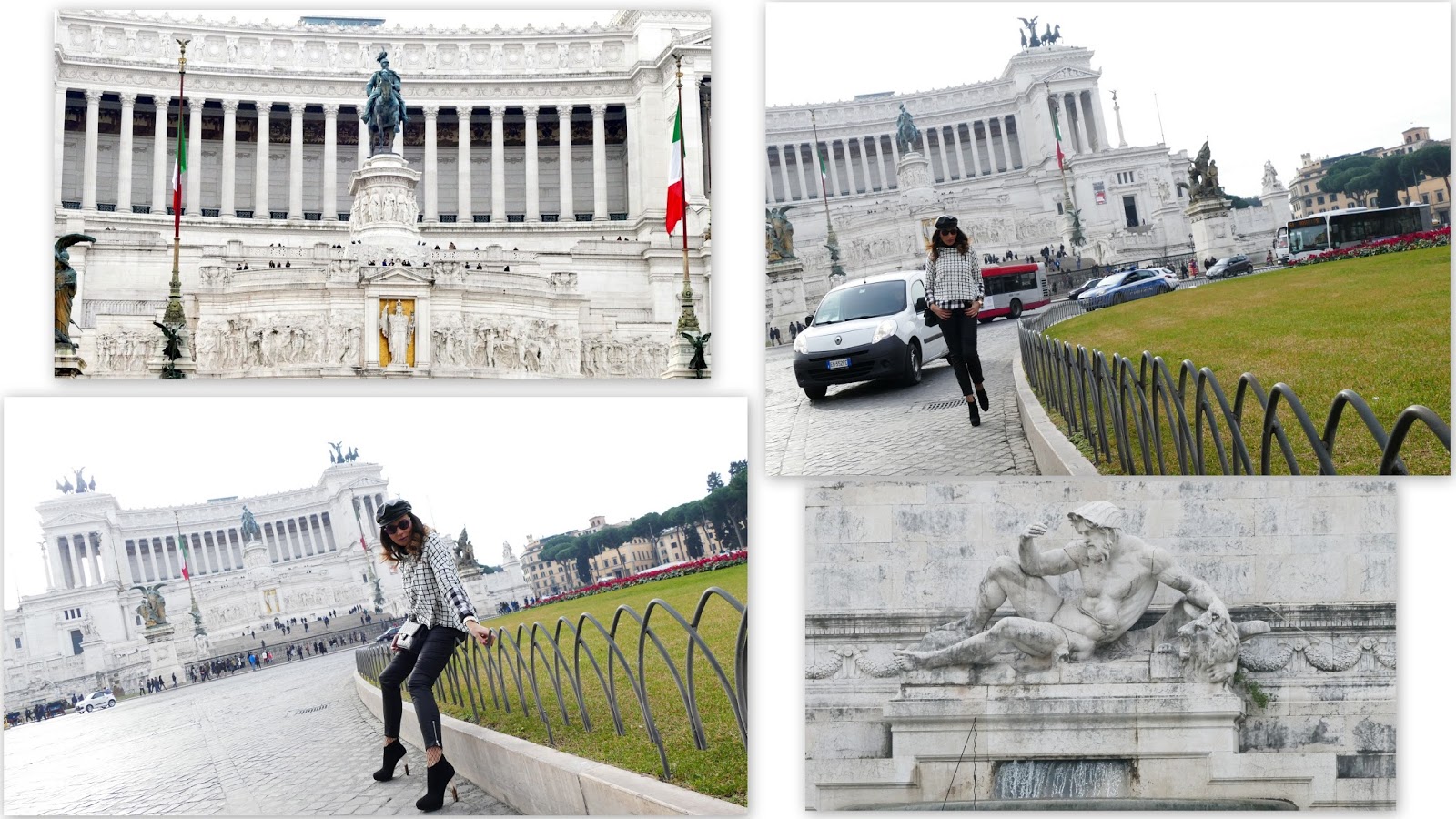
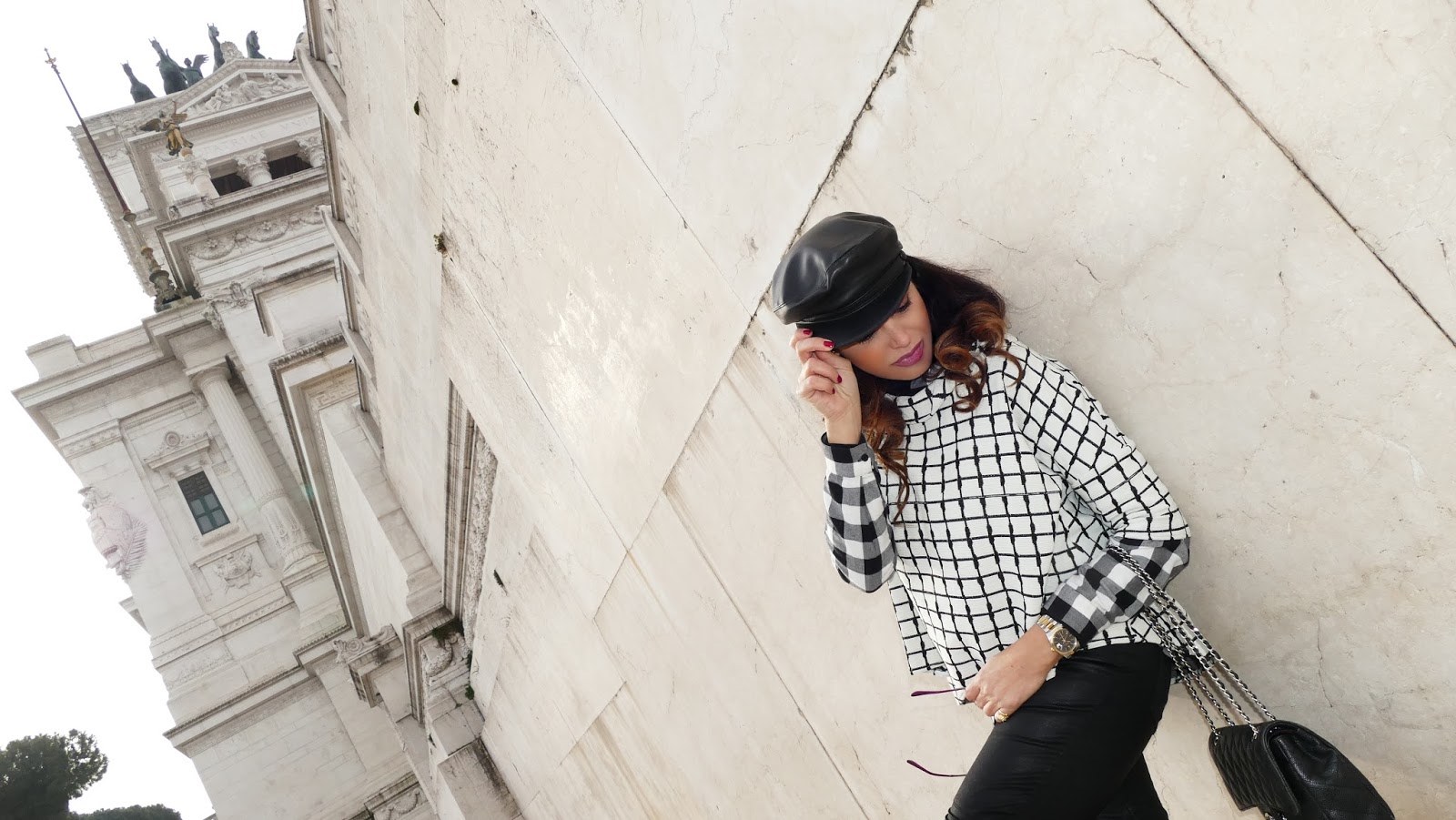
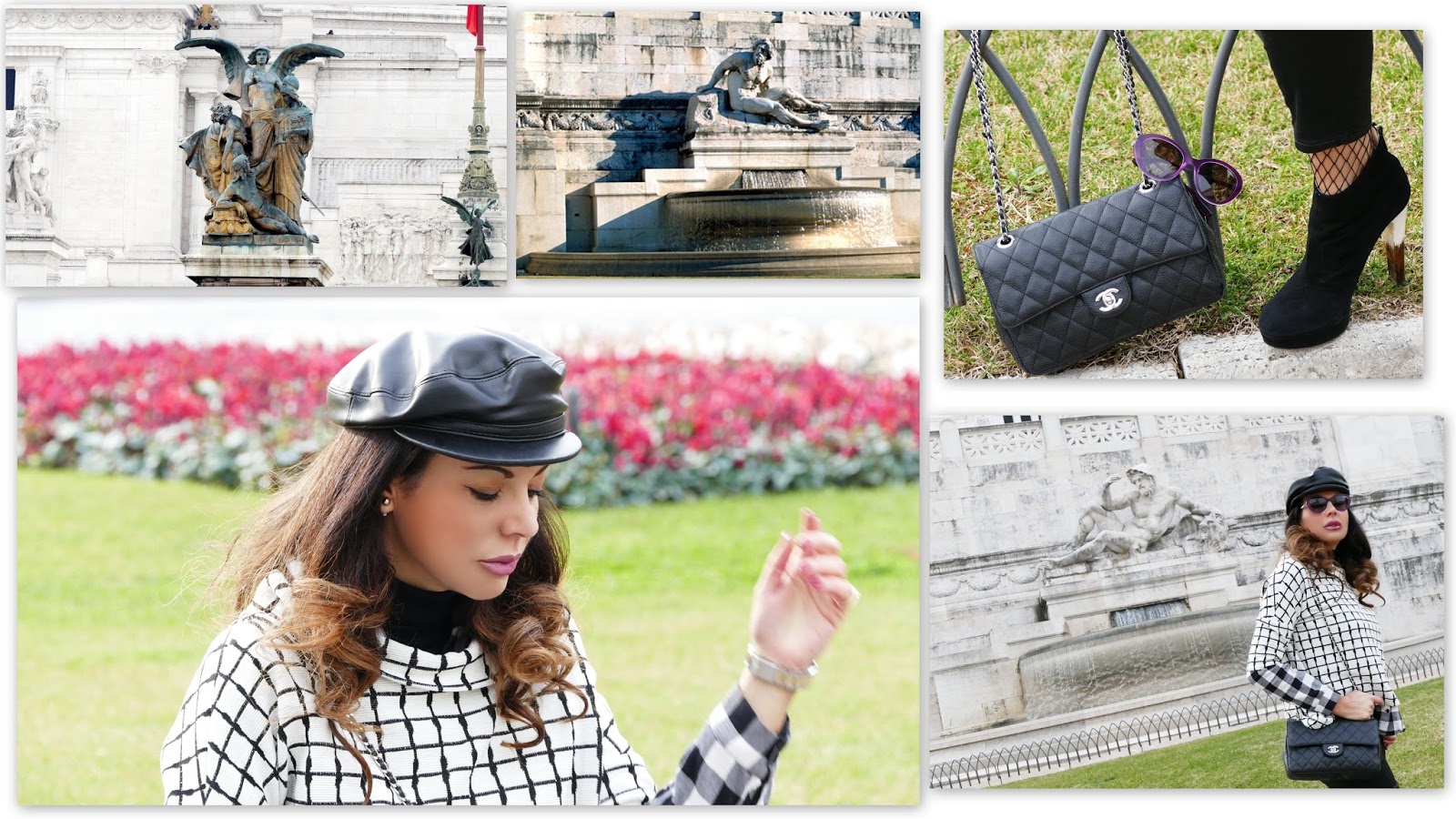
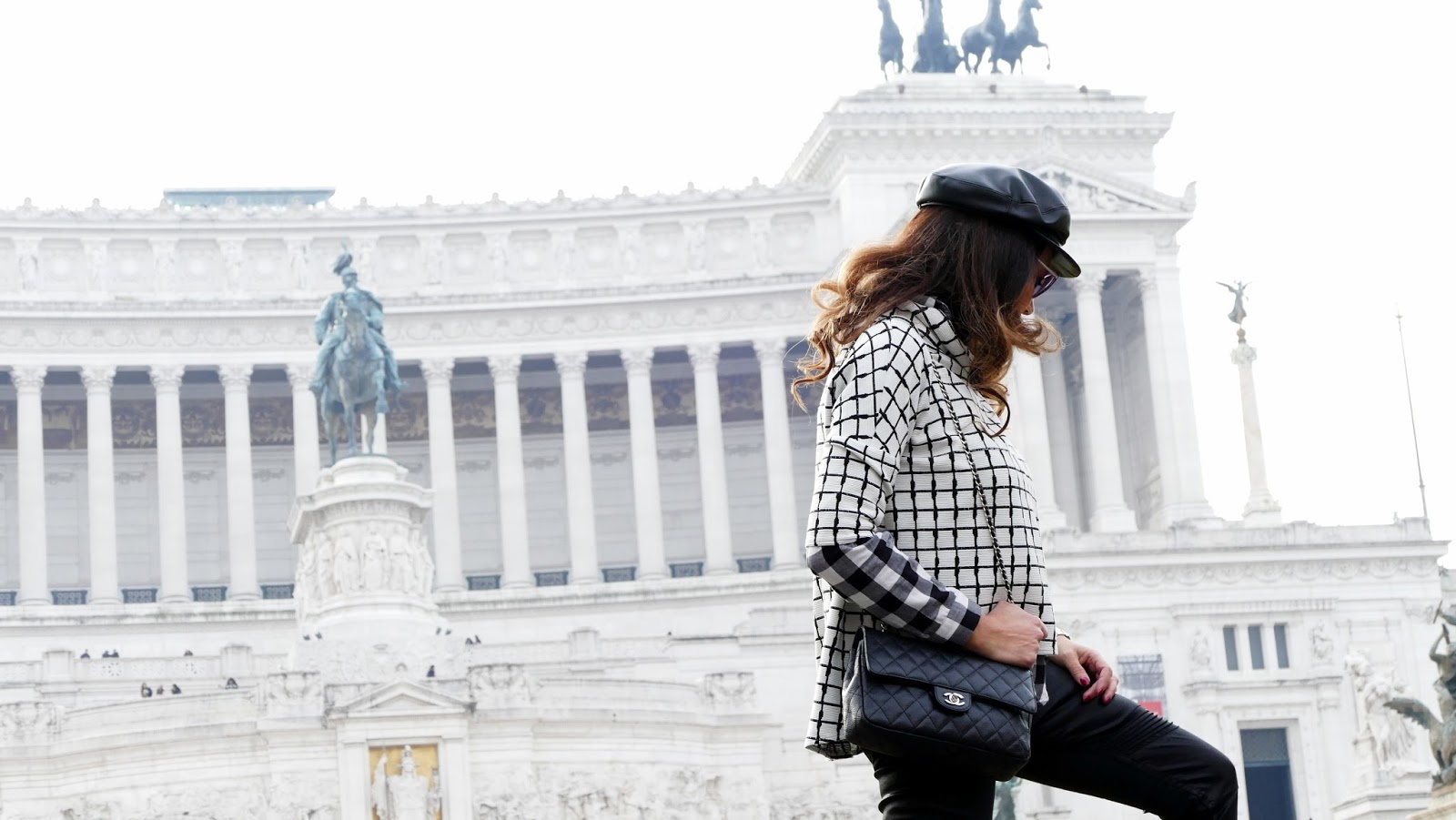
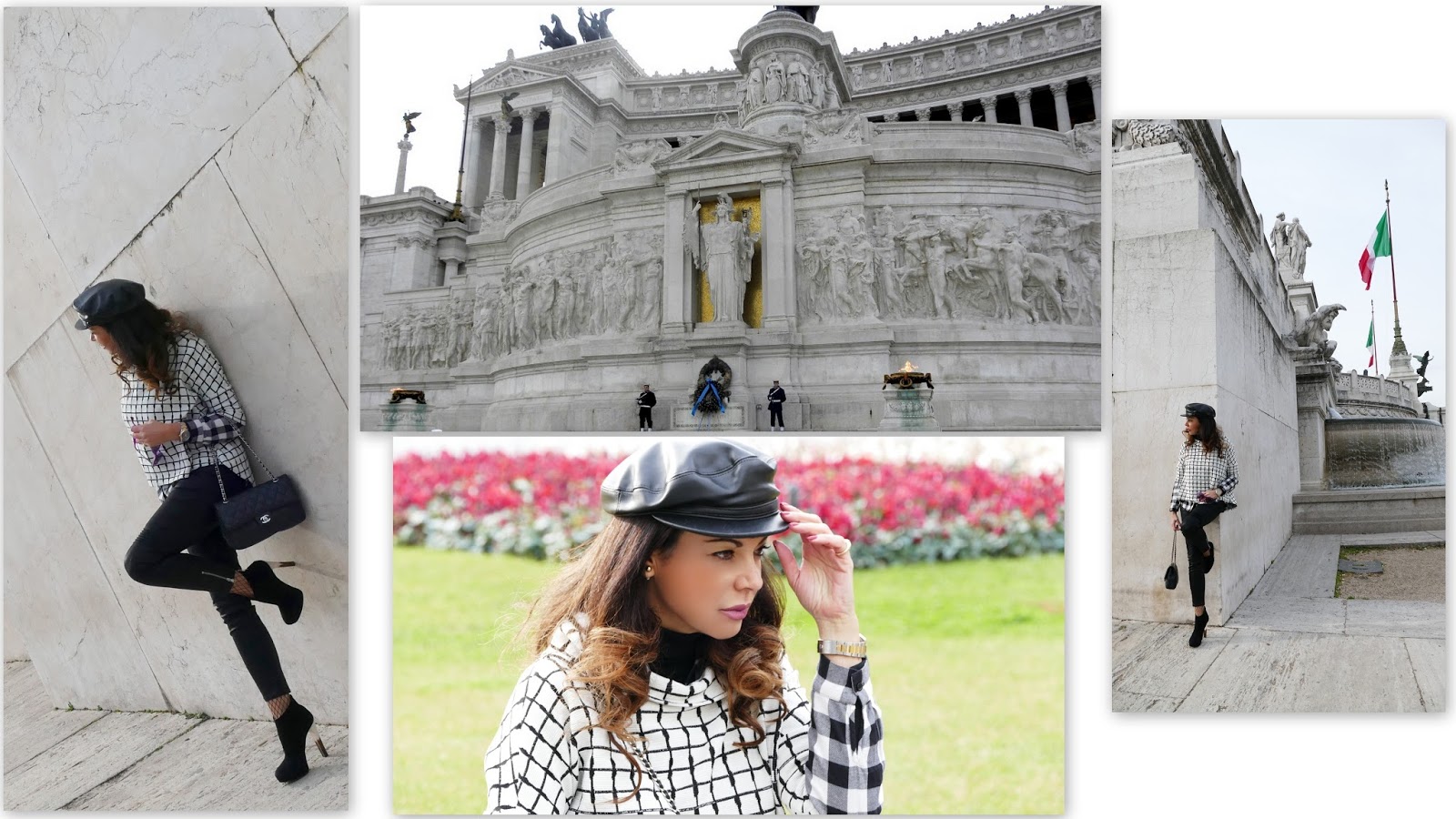
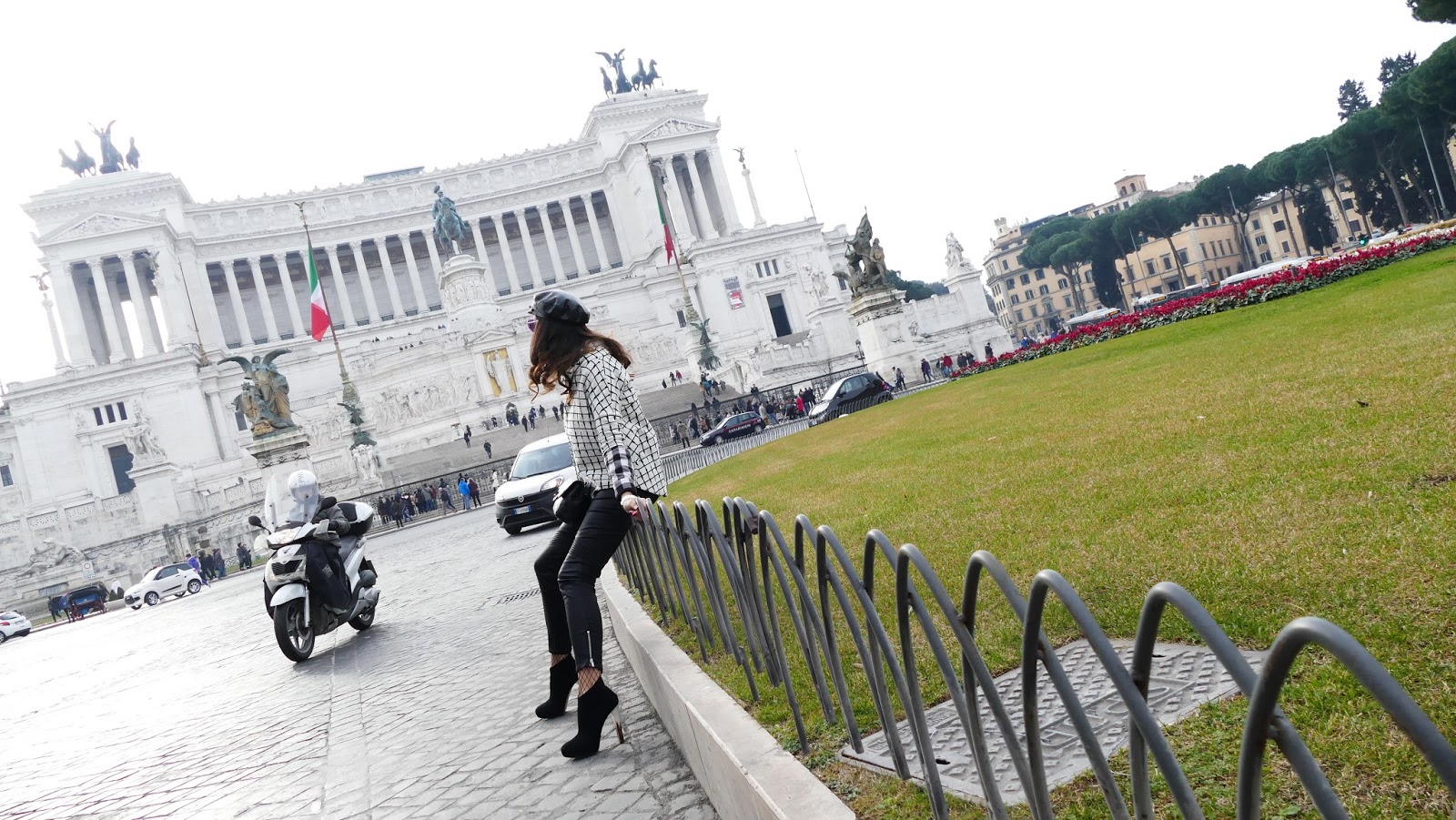
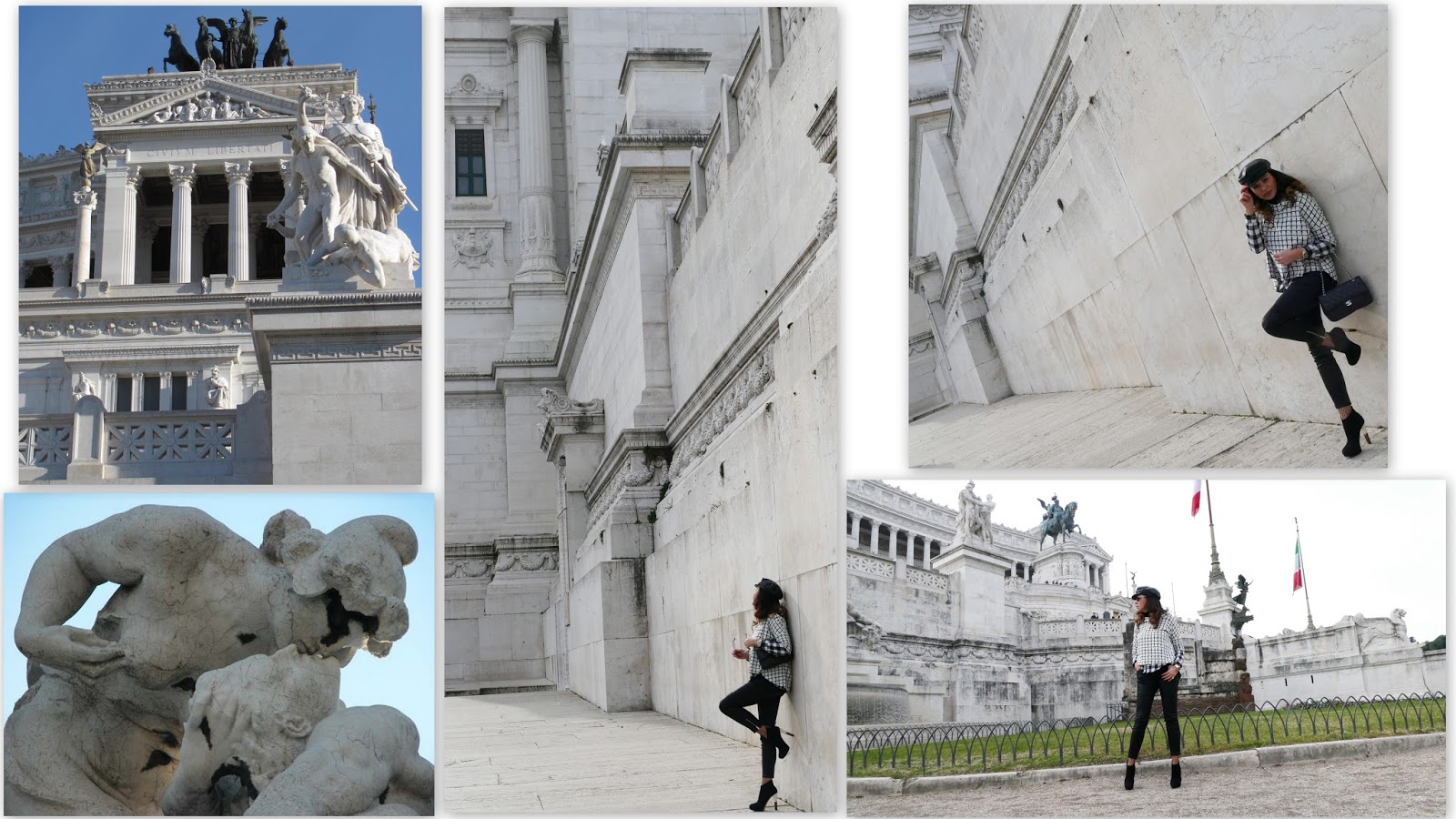
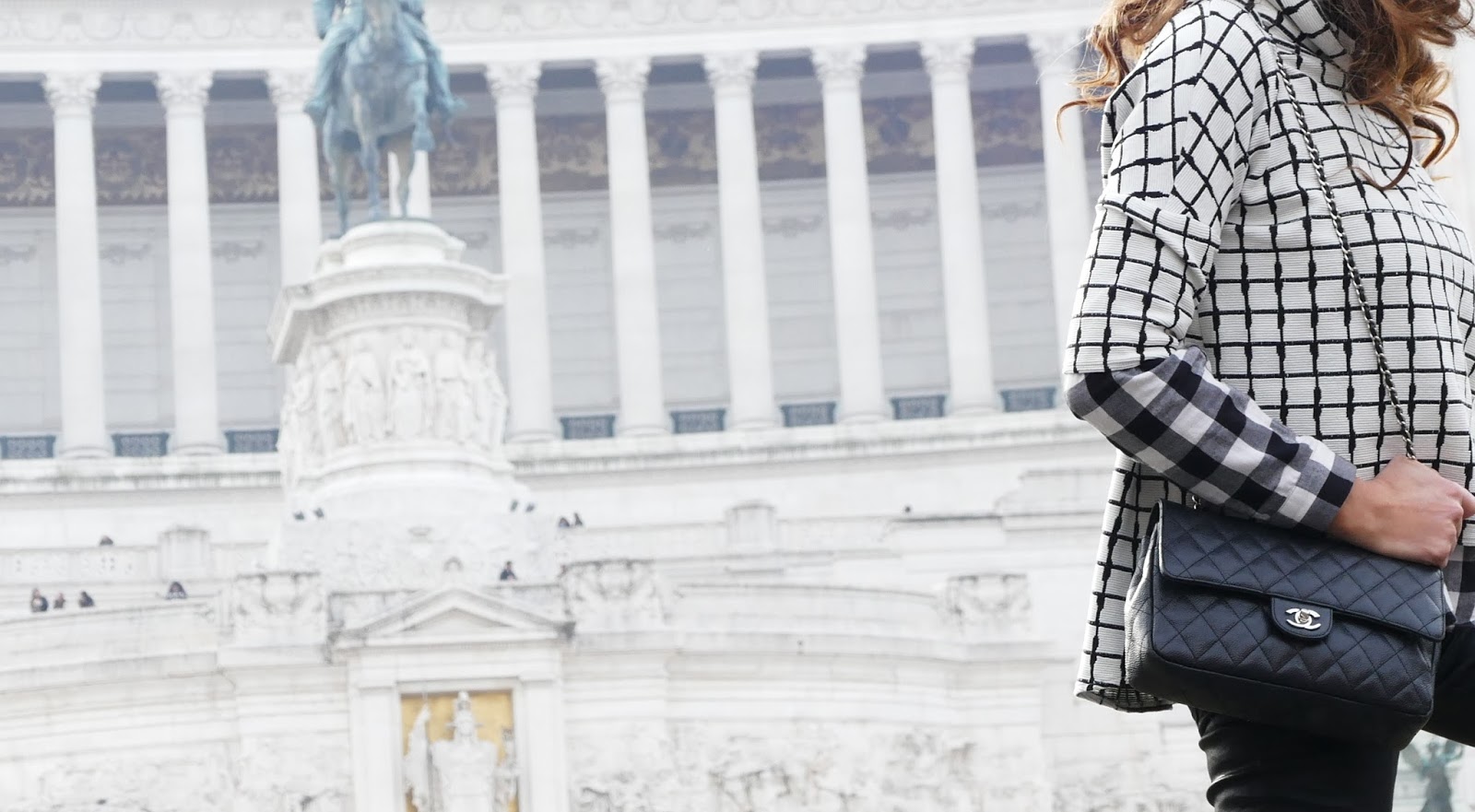
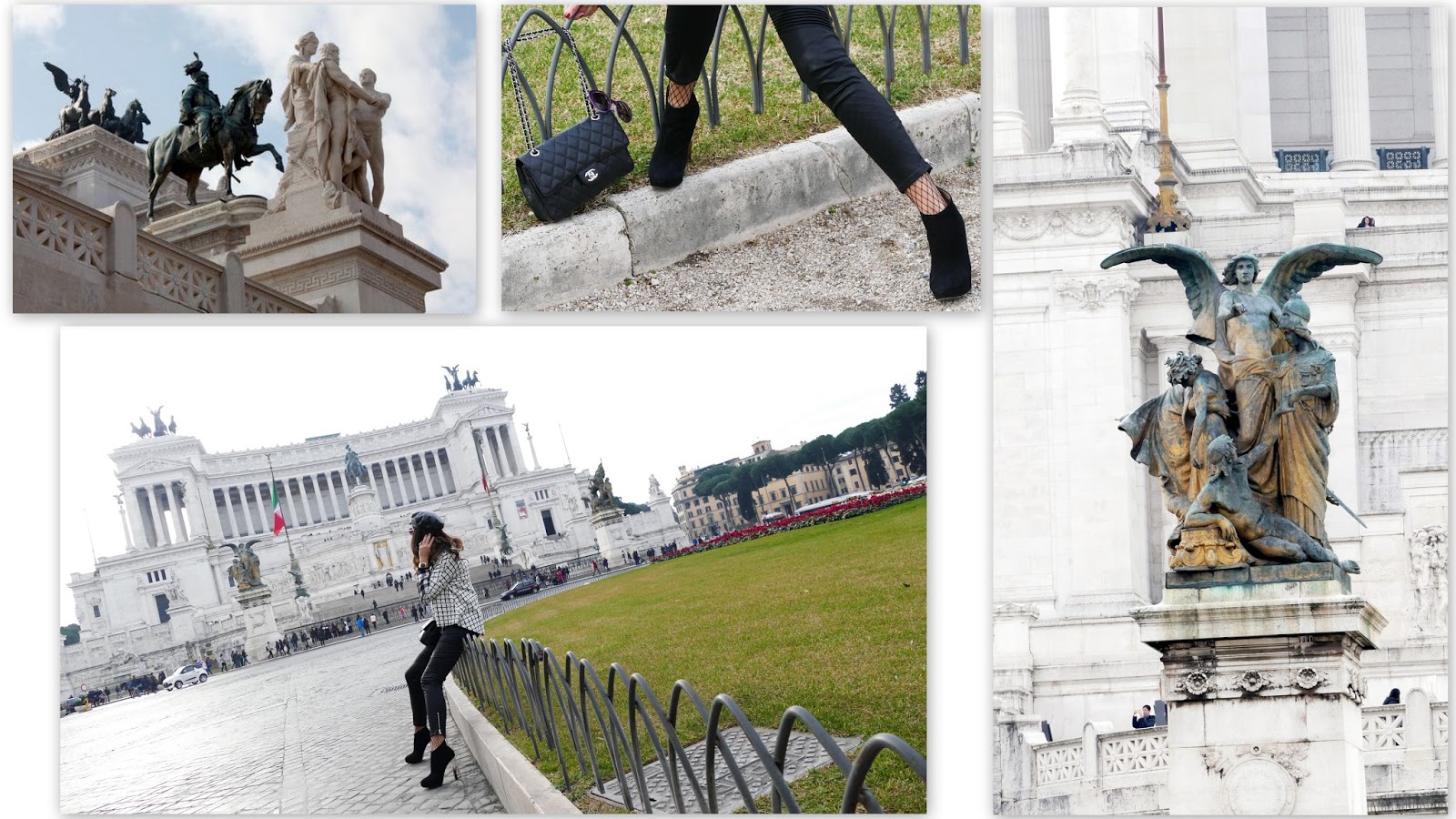
Photos: GerardoFusco.it
I was wearing:
N.0 sweater
Zara shirt
H&M pants
Vogue sunnies
Chanel “2.55” bag
Chiara Ferragni ankle boots



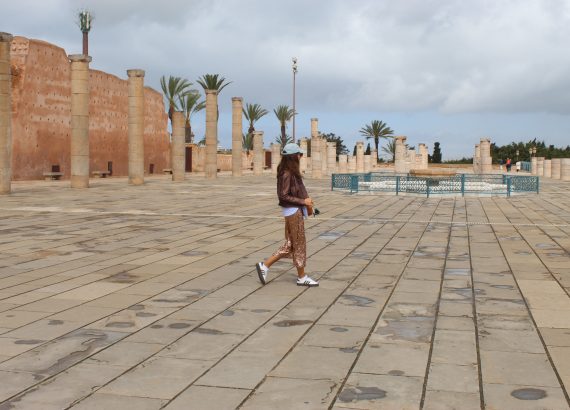
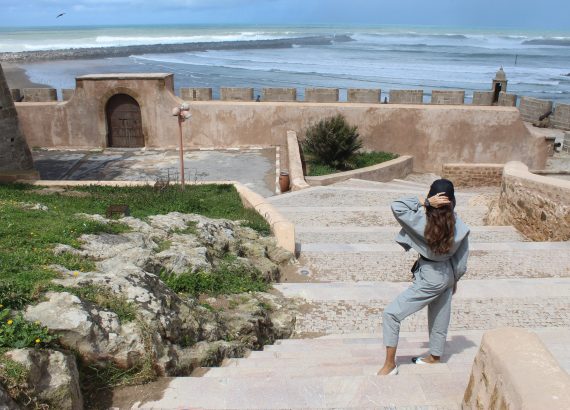
What an massive building, I love all the columns… it has such beautiful architecture. Your outfit us cute Paolo, I love the boots ♡♡♡
Those heels are amazing! Also love your checked shirt x
this look is amazing
i love love your sense of style
have a nice day
best
Insta: brooklynnns
i'll follow back
Super sexy and I am SO JEALOUS OF WHERE YOU LIVE!!!! – http://www.domesticgeekgirl.com
I absolutely love those heels! And the mix of prints is so chic. What a gorgeous look!
xo, janea
http://www.theSTYLEtti.com
I love the boots!
THE PINK ELEPHANT SHOE // INSTAGRAM //
Stunning look..the heels really look amazing!
Check out my new post Here!!!
A few clicks on the links would be appreciated..xoxo
Fantastici questi stivaletti. Kiss
Nuovo post “Come creare un look kids con la stampa Vichy” ora sul mio blog http://www.littlefairyfashion.com
Con il b&w non si sbaglia mai….e gli ankle boots di Chiara Ferragni sono bellissimi!!!!
Un abbraccio grande
Marta
http://www.lagattarosablog.it
perfect heels dear! 🙂 and the whole outfit is so classy! xx
Spectacular photos!!! I love how you wear these tops.You have wonderful heels 🙂
Lovely outfit.. That ankle boot is all shades of cute.
Glowyshoes's blog
Il tuo look top come sempre foto e location fantastiche! Baci Elisabetta
Great pants and shoes:) Stunning look:*
Great post Paola, I really like the monochrome!
Have a lovely day 🙂
Rosanna x
Rose's Rooftop
Amazing post dear! 🙂
kiss
You are such a stunner, Paola! The fish nets make this outfit!
Tina
http://www.justatinabit.com
Om my dear!<3
I love your shoes, spectacular :))<3
http://www.justcleo.pl
Super!! Love this look and those shoes are fantastic. Wish you a wonderful day x
Thanks a lot 😀
fabulous look. you look amazing with plaid 😀
NEW REVIEW POST | I’ve Tested H&M BB Cream.
Instagram ∫ Facebook Oficial Page ∫ Miguel Gouveia / Blog Pieces Of Me 😀
troppo bella Roma!!!! outfit super chic tesoro
baci
http://www.unconventionalsecrets.com
Uno dei luoghi più suggestivi di Roma. Sei molto chic e glamour con questo look monochrome!:*
What a monumental building! And you look also great and marvellous! I love your fascinating boots with sexy heels.
What an impressive building and monument. Absolutely love today's look. Your top is so nice and this is my dream bag! Have a lovely day dear Paola.
Gemma x
http://www.jacquardflower.uk
Love this look the top to die for.
Questi scorci di Roma sono stupendi!! Che belli i tuoi tronchetti !!
Bacioni
http://www.glitterchampagne.com
One of my favourite monuments in Rome. It's so huge and majestic. You look so chic Paola.
Mi piace in particolar modo questa parte di Roma perché mi porta lontano nel tempo e nei ricordi…bella la shirt molto particolare e complimenti per l'acquisto Ferragni, tra l'altro li avevo notsti subito perché davvero molto belli. Andrò anche io a curiosare. Tu naturalmente splendida come sempre, ma che lo dico a fare��
Perfect, stylish and so cute combo!
Kisses
————————-
http://fashionelja.pl
Stai benissimo"!!!
http://www.theblackbeard.it
Adoro i tuoi tacchi <3
baci
http://www.nicoletadan.it
Wooow girl! I adore your style, it looks very classy! I'm in love with those heels! You're beautiful!
http://www.senkasfashion.com
https://www.instagram.com/senkaa.j/
Kisses,
Senka
In love with this heels! So stunning!
xx
Mónica Sors
MES VOYAGES À PARIS
NEW POST: ROBERTO VERINO: TOTAL LOOK & FASHION SHOW
DON'T MISS: BEST FROM PFW STREET STYLE MARCH 2017 (III)
Una bellissima presentazione delle nostre bellezze romane te compresa un bacio
Una bellissima presentazione delle nostre bellezze romane te compresa un bacio
Davvero un bel look tesoro, come sempre i tuoi abbinamenti sono perfetti!
kiss
Chiara – http://www.shesinfashionblog.com
Grazie Chiara, buona giornata!
Grazie
Very classy and elegant outfit! Love the boots!
plovesfashion.blogspot.com
Very classy and elegant outfit! Love the boots!
plovesfashion.blogspot.com
The Victorian is an amazing work of architecture. Cool to learn more about it's history.
Che belli i tronchetti, un look stupendo e chic!
Alessia
Thechilicool Facebook Instagram
Kiss
Carini gli stivaletti!
Un bacione,
Mary
Fashion secrets of a pretty girl
FACEBOOK – INSTAGRAM – TWITTER – LOOKBOOK
Questi tronchetti sono veramente belli !!
Adoro l'intero look !
Baci !
http://www.petitefemme.it/
Sempre così chic..adoro la fantasia del maglione!
xx
Ellysa
great!
NEW BLOG ! please follow me : YOUNG BLOG
This is such a classy look, loved it!!!
NEW POST: https://lotofdots.wordpress.com/2017/03/14/pasta-paradise/
xx
Sempre ultra chic, la blusa poi è un amore =) Baci
Fashion and Cookies – fashion & beauty blog
Impeccabile come sempre!
Baci
Blery&Ily
http://www.thesprintsisters.com
Grazie girls!
Baci
Un outfit ed una location da lasciare senza fiato 🙂
Bello questo look,chic e graffiante!
Baci
Cinzia
http://Www.callmeblondiebycinziasatta.com
Great look babe! Love the bag <3
X Merel
http://www.andathousandwords.com